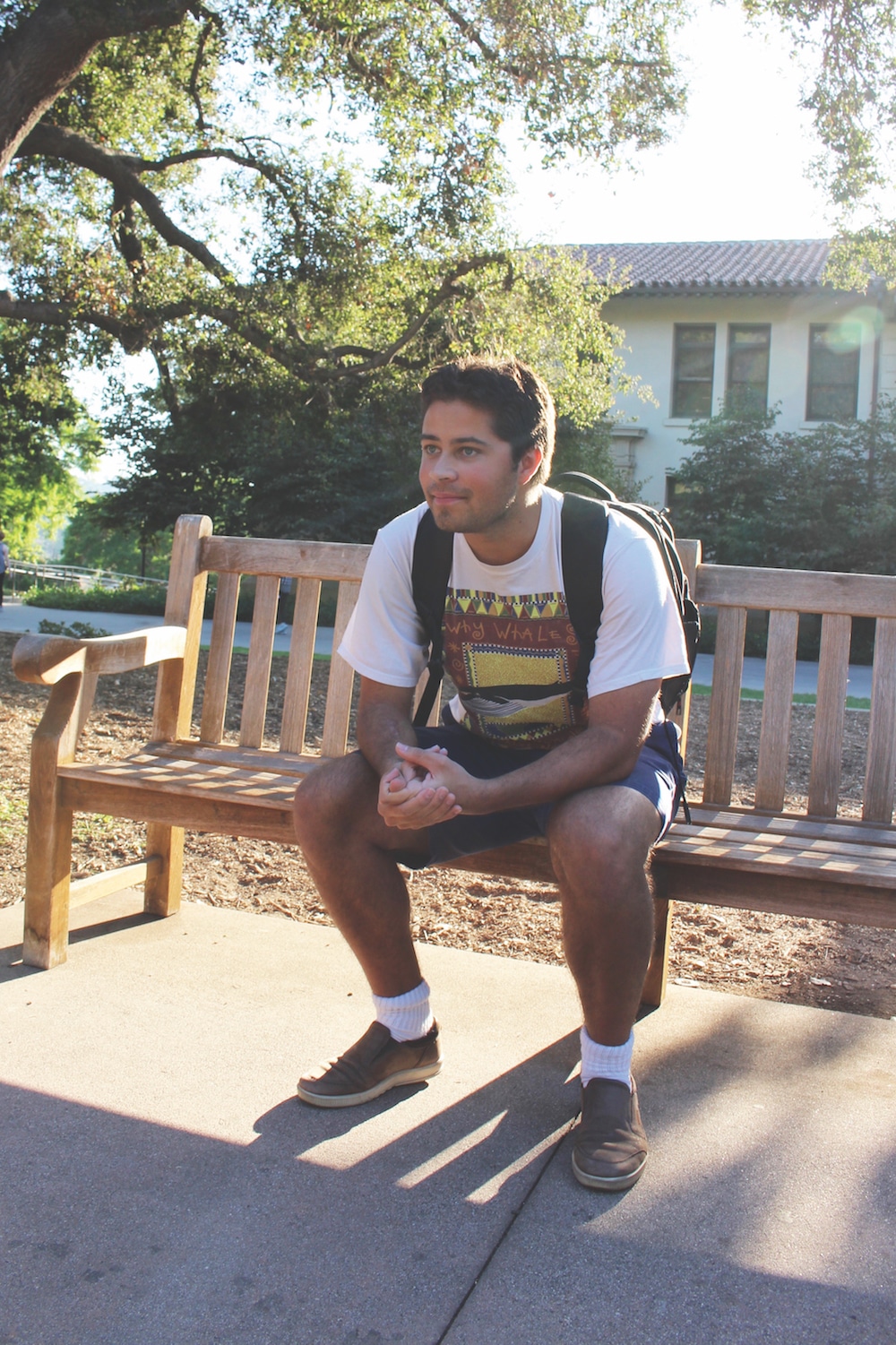
From the Admissions team that dictates who the first years’ fellow classmates will be, to the neighboring resident advisors (RAs) and murmured complaints of forced triples among the class of 2022 — the increase in students who apply to Occidental College is affecting all perspectives on campus. Vince Cuseo, vice president of enrollment and dean of admissions, said that this is due to the growing reputation of Occidental.
According to Cuseo, this trend is not only unique to Occidental. Nationwide, applicant pools to top liberal arts schools are surging in popularity as their acceptance rates lower.
The idea of a liberal arts college in a major urban area is attractive to students who desire access to a world-class city but also value a strong community among their peers and professors, Cuseo said. This is coupled with the burgeoning international population applying to Occidental and other top liberal arts schools.

According to Cuseo, the growth in class sizes will not significantly affect the demographics of the campus. It is part of Occidental’s mission to preserve the school’s reputation as one of the most socio-economically diverse campuses in the country.
“Occidental has a long-standing commitment to diversity,” Cuseo said. “[As part of outreach efforts] we go to all different types of high schools, community-based organizations that served underrepresented populations, as well as private high schools that send 99.9 percent of their students to colleges like Occidental.”
According to Cuseo, the classes of the past few years have exceeded the target number of how many students Occidental is looking to admit. The school has adapted by accepting fewer transfer students to accommodate the larger first-year classes. Cuseo said the admissions team uses sophisticated algorithms to predict who will enroll, taking into account where a student lives, their academic qualifications and other factors. Through surveying high school seniors, the Office of Admissions found that admitted students at Occidental were on average admitted to more than seven colleges.
Statistically, Occidental has gone from admitting 20 percent in 2016 of their students through early decision to more than 30 percent in 2018 due to the school’s recent increase in popularity. Despite this statistical shift, admissions attempted to produce classes that mirror the demographics and qualifications of Occidental’s existing student body, Cuseo said.
Elizabeth Braxton, residential education and housing services (REHS) assistant director for the first-year experience, said that the diversity of the school is relative to the students.

According to Braxton, different students have distinct collegiate experiences, depending on their home lives and the communities they come from; for some, Occidental can seem like a diverse college because their previous schools had little diversity — for others, the school does not have enough diversity in comparison.
The situation is logistical, too, according to Braxton. On the topic of challenges concerning residential housing, Braxton said that Occidental has been using Themed Living and Learning Communities (TLCs) — which in the past were only offered to upperclassmen — to foster a greater sense of community among all students.
“We’ve intentionally tried to grow them, sought to grow them,” Braxton said. “[In terms of housing,] residential life has been able to accommodate the students, even though the class size grows.”
Alayna Schwartz (senior), a current RA in Wylie Hall, has been an RA and tour guide in the Office of Admissions for the past three years. Schwartz said that Occidental is sending out the same number of acceptances — the difference is more students are choosing to enroll.

According to Schwartz, the larger class sizes affect the relationships and dynamics within residence halls. A positive consequence of the forced triples is that they force people to leave the room and meet others in their hall, Schwartz said. However, the larger class sizes also affect the relationships between the RAs and the students living in the residence halls.
“My first year compared to my second year in [Bell-Young Hall] was different because, during my second year, there was a really big class size. My first year, people were more willing to come to me and talk to me as a friend,” Schwartz said. “My second year, there was more of a separation between me and everyone living around me. Part of it could have been my age, but also it could have been that because there was more people I had to act like more a conduct officer than I was used to.”
According to Quinn Taylor (senior), a current RA in Bell-Young, the increase in roommate conflicts is due to the forced triples.

“Because there are more triples, you’re having to deal with three people in a room which each have their own living styles — and to have to, one, match those up, and then to also get along with each other, is extremely difficult,” Taylor said.
However, Taylor also offered a potential solution to this challenge: mediation.
“We’re sort of just third parties,” Taylor said. “We’re there to make sure things don’t get out of hand. We’re not there to lead the conversation — we’re mostly there to mediate.”
First years are aware of the issues of little room space, roommate conflicts and solving them. While problems may continue to arise concerning logistics — the creativity and passion of the student class from year to year will most likely be preserved, according to Cuseo.
“It’s the goodness of the people,” Cuseo said. “Even though the class changes every year, the core stays the same. It’s the goodness of the people.”
![]()


































